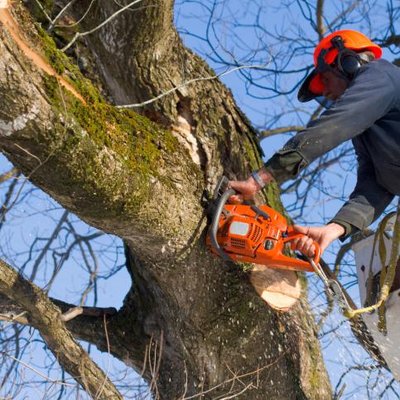Pruning trees in New England requires careful consideration of the region’s unique climate and the characteristics of the local tree species.
The optimal time for tree pruning in this northeastern U.S. region often aligns with late winter to early spring. During this period, deciduous trees (trees that lose their leaves in autumn) are typically dormant, allowing for a clear view of the tree’s structure and encouraging robust growth as the spring season begins.
It’s important to note that New England’s diverse tree population may have specific pruning requirements. Spring-flowering trees, commonly found in the region, should be pruned immediately after blooming to preserve flower buds. Evergreen trees in New England can be pruned in late winter or early spring, with caution taken to avoid cutting into older wood lacking foliage.
Pruning during late summer and early fall is generally discouraged in New England. This timing may prompt new growth susceptible to winter cold, potentially harming the tree. Regardless of the season, prompt removal of dead, damaged, or diseased branches remains a year-round priority for ensuring the health and resilience of trees in New England’s distinct climate.

